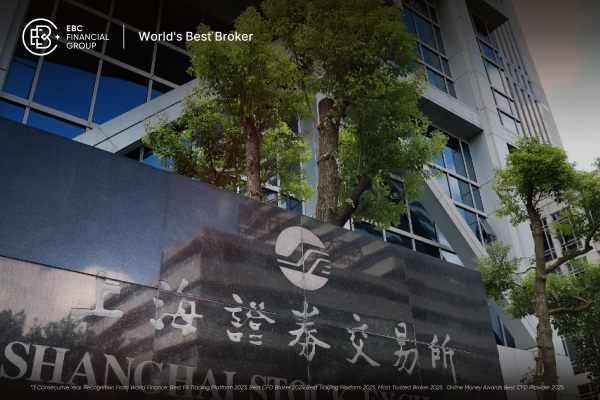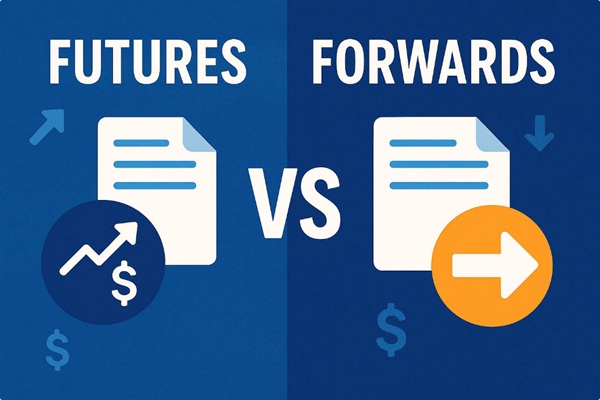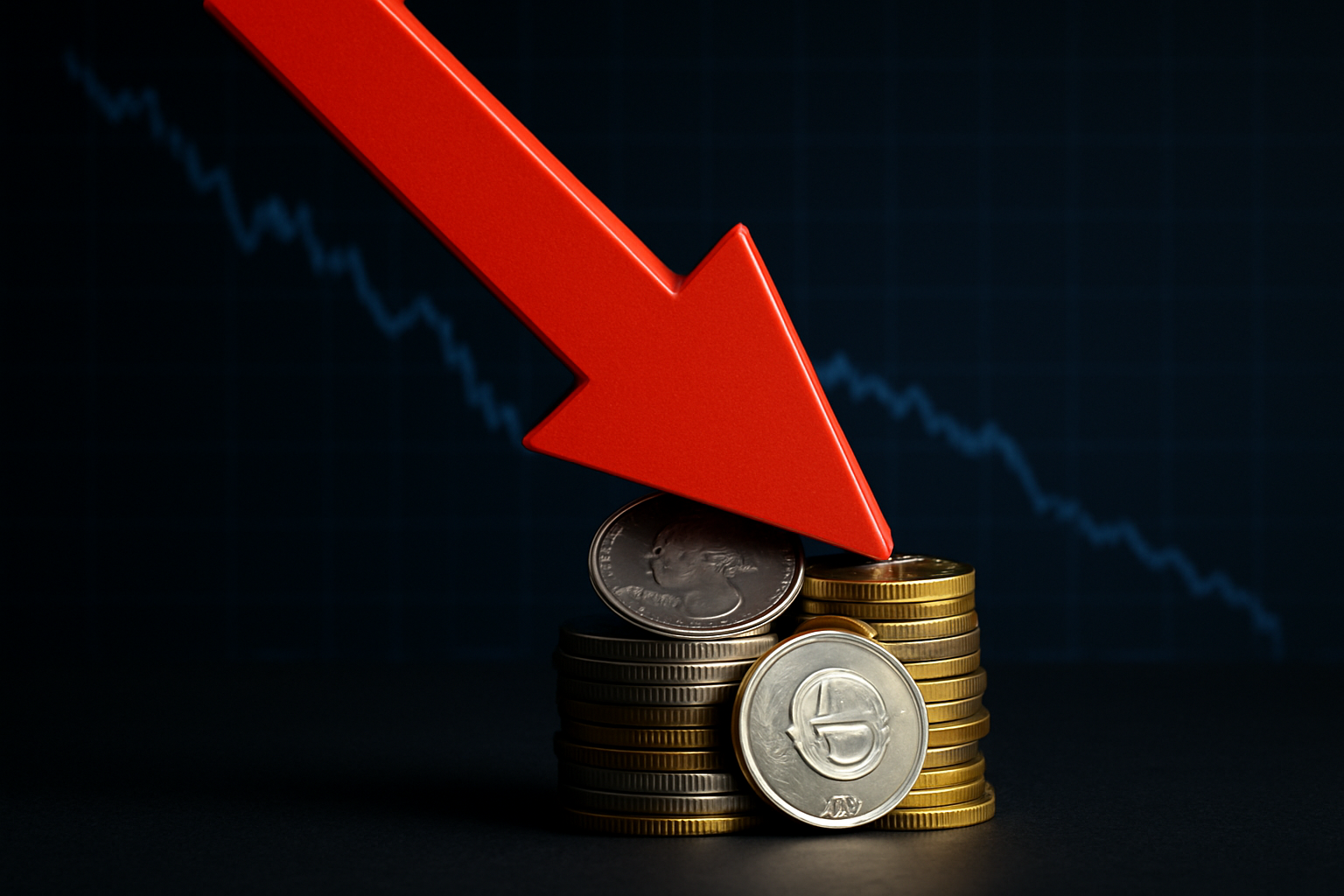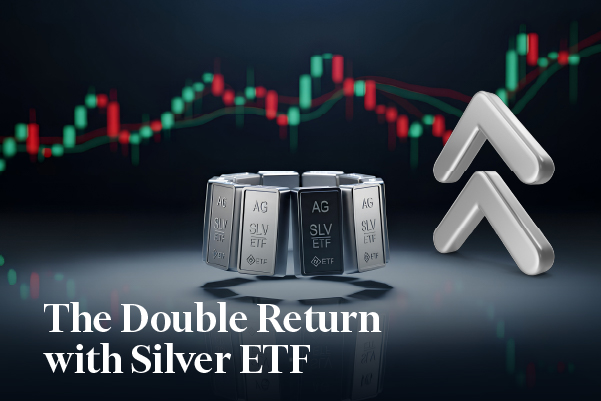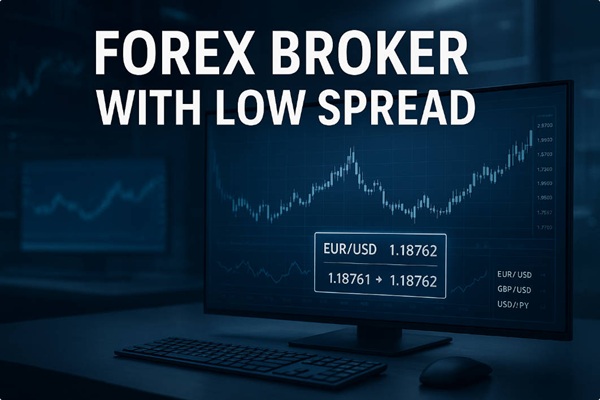Chinese stocks have regained footing after a horrible week, but they remain
remote from their all-time peak. Meanwhile, their Japanese and Korean peers
reached record levels last week.
The divergence stems from trade talks with Washington and macroeconomic
landscape. Sporadic flare-up in tensions between China and the US underlines the
deepening mistrust dividing the world's two biggest economies.
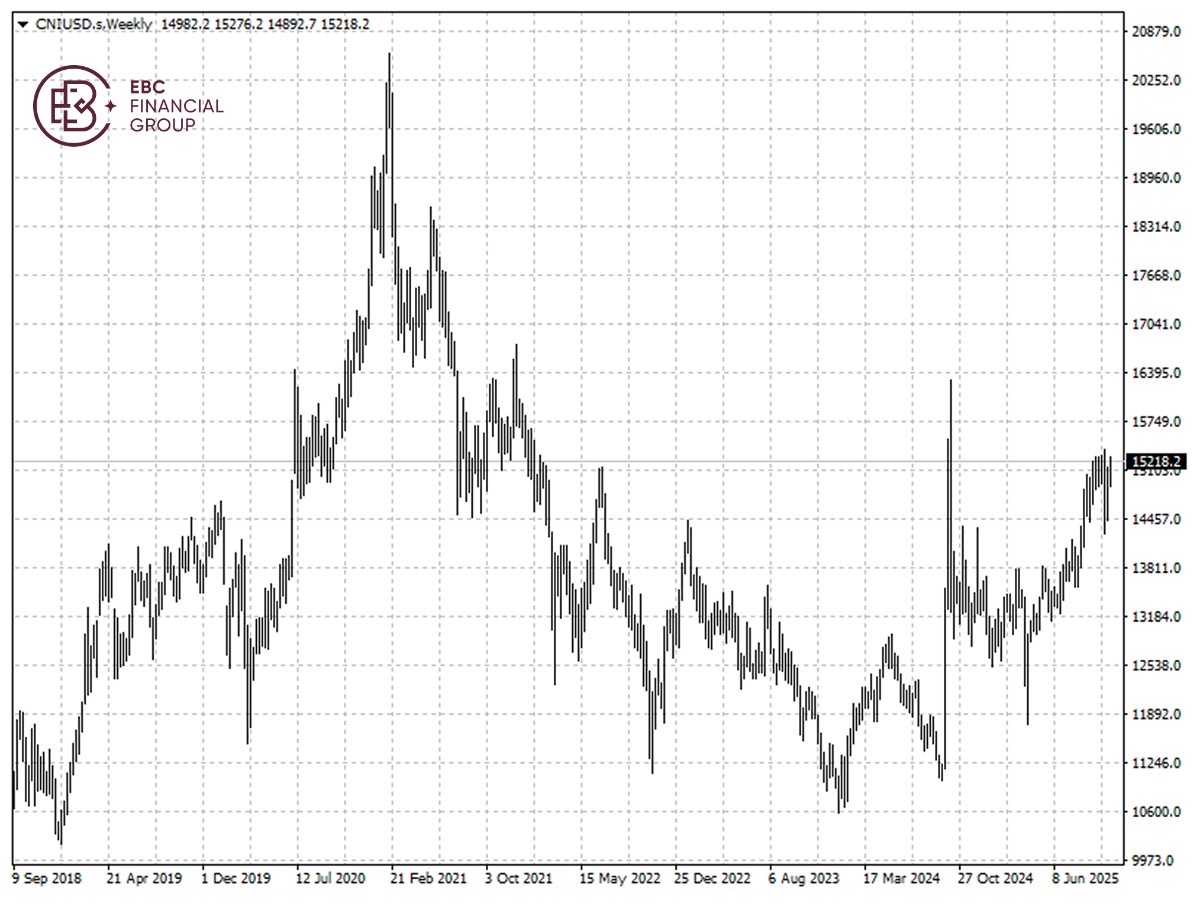
Trump threatened to impose 100% more tariffs on Chinese goods, a move which
was followed by Beijing asserting its rare earths restrictions are a
"legitimate" measure. The blame game will go on.
"On the specific episode the market is focused on, the two sides may still
return to the table to find a short-term fix. However, it won't be a lasting
solution," said Jianwei Xu, senior economist for Greater China at Natixis.
Trump and Xi spoke over the phone last month, but have yet to meet in person
since January. Trump has indicated that he might visit China early next year and
seal a "fair" trade deal this month.
Elsewhere Japan's finance ministry said in September that it would set up an
investment facility at a state-owned development bank to support a $550 billion
investment package agreed.
South Korea has a higher chance of reaching a trade deal with the US with a
couple of remaining issues by the time of the APEC summit in South Korea, the
country's chief policy advisor said on Sunday.
Choke point
China's GDP grew at the slowest in a year in Q3 with weakness in investment,
industrial output and retail sales. Booming exports provide some relief, but a
lopsided recovery is not worth celebrating.
Fixed-asset investment unexpectedly contracted 0.5% in the first nine months
of the year as spending on infrastructure and manufacturing slowed, which is
particularly upsetting.
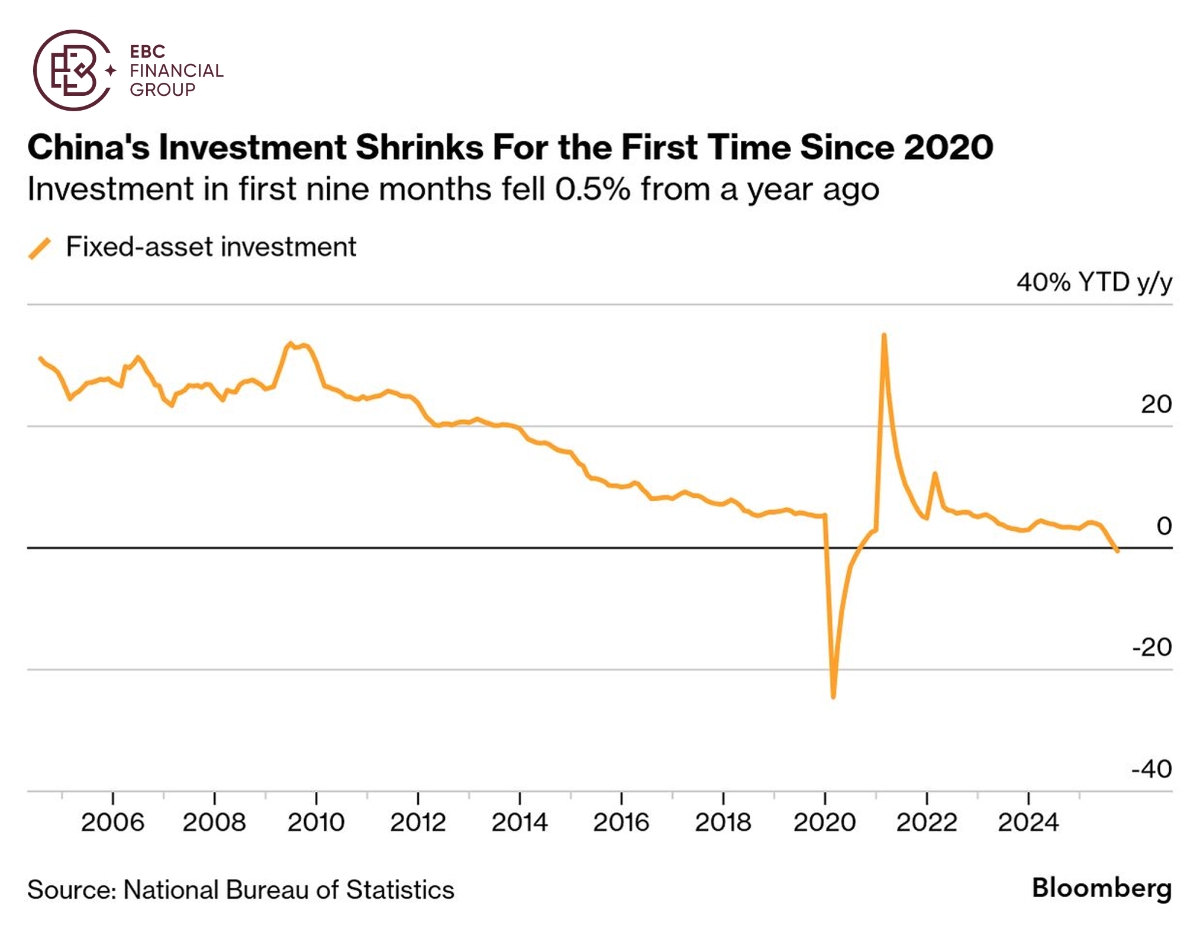
Beijing has sought to shift the growth engine towards domestic consumption in
the face of rising trade barriers, but retail sales trend suggests the consumer
good subsidy programmes are already faltering.
Big projects such as the launch of massive dam construction in Tibet fall
short of a boost to business sentiment after decades of urbanization have
already left China saturated with bridges and roads.
The IMF, which kept its prediction for China's 2025 growth at 4.8%, expects a
slowdown next year to 4.2%. It said "real estate investment continues to shrink
while the economy teeters on the verge of a debt-deflation cycle."
That dovetails with sector performance differentiation. Technology,
industrial and material stocks stay on the front foot, while the ones related to
consumer goods and real estate are largely in the doldrums.
Consumer prices in Japan and South Korea both rose more than 2% in September,
skewing retail spending towards the upside as a buffer against a possible
breakdown in China-US trade talks.
Reforms on demand
China left benchmark lending rates unchanged for the fifth consecutive month
in October on Monday, meeting market expectations despite signs of slowing
economic momentum.
Policymakers is likely to face a dilemma - how to shore up a weak economy
without further fuelling a frothy stock market. The policy rate now stands at a
record low of 1.4% and hence limited room for aggressive cuts.
The PBOC has played a key role in supporting the stock market, using targeted
tools such as swap schemes and relending programs to provide institutions with
liquidity for share purchases.
Officials hope that rising stocks and bonds will help repair household
balance sheets hurt by the property crisis and boost consumption. However,
analysts caution the effects could undershoot the goal.
Chinese households still sit on a record sum of savings, shunning consumption
and investment. Some analysts say the rally is long-term and institutional,
rather than buying on margin seen in 20125.
Traders are watching a political gathering in Beijing later this week that
could deliver fresh policy measures. Without a big bang stimulus, economists say
bigger structural reforms are needed.
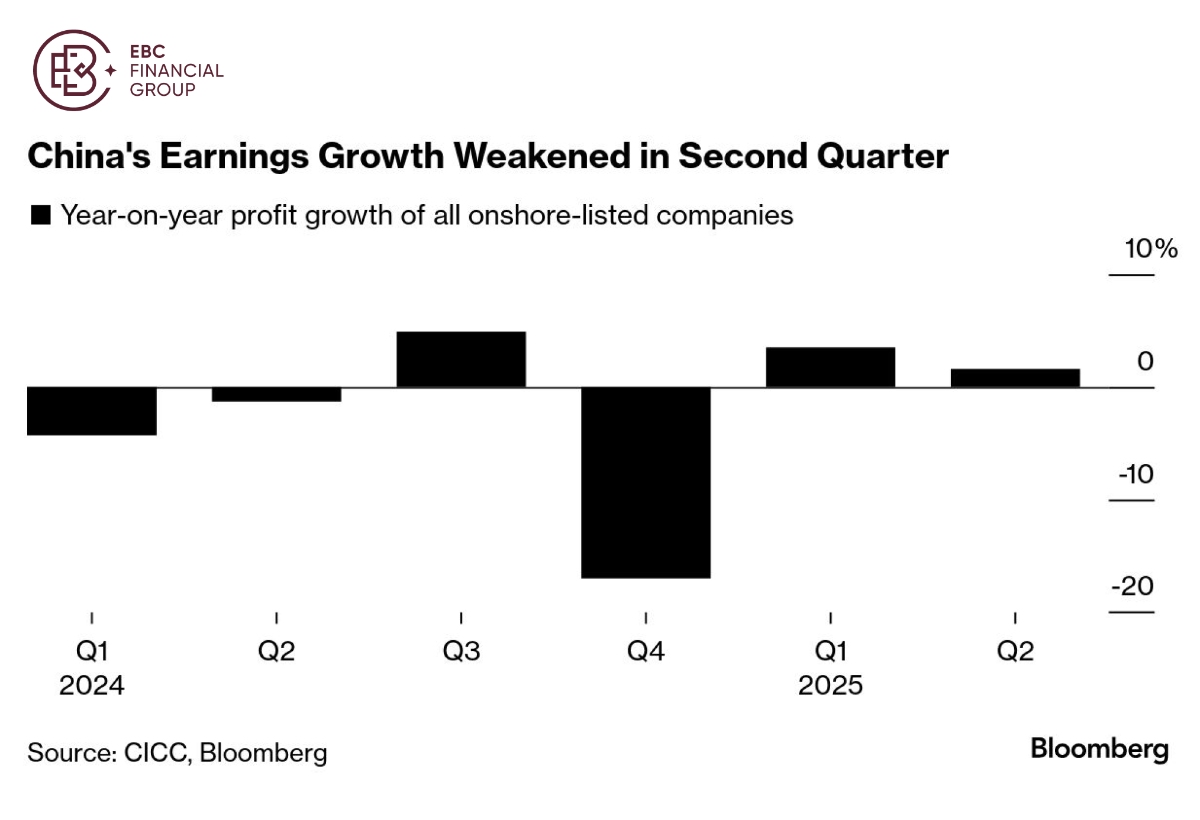
The latest earnings season will help drive capital flows. Chinese
onshore-listed companies' Q2 performance failed to justify optimism, so better
results are necessary for the market to catch up to its competitors.
Disclaimer: This material is for general information purposes only and is not
intended as (and should not be considered to be) financial, investment or other
advice on which reliance should be placed. No opinion given in the material
constitutes a recommendation by EBC or the author that any particular
investment, security, transaction or investment strategy is suitable for any
specific person.
